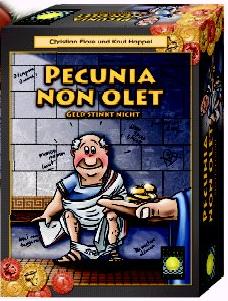

In general we differentiate between the terms “benefit basket” (also “benefit package”) and “benefit catalogues.” The benefit basket refers to the totality of services, activities, and goods covered by publicly funded statutory/mandatory insurance schemes (social health insurance, SHI) or by National Health Services (NHS).

Finally the taxonomy and the inclusion criteria of benefit catalogues and their substitutes for curative services are compared and analyzed. After introducing the terminology and methodology of the analysis, different regulatory frameworks for the definition of the overall benefit basket in each country are compared and analyzed. One of the main hypotheses of the study is that in the absence of explicit benefit catalogues, inpatient, and outpatient remuneration schemes have the character of (less explicit) benefit catalogues. It focuses on services of curative care, although an in-depth analysis of all other health sectors is also available as part of the project results (Reports of the EU Health BASKET project on health benefit baskets in each of the nine countries are available at: ). Īs one result of the project “Health Benefits and Service Costs in Europe–Health BASKET” funded by the European Commission, this article identifies and analyses the framework for health baskets, the taxonomy of benefit catalogues for curative services, and the criteria for in- or exclusion of benefits in nine EU member states (Denmark, England, France, Germany, Hungary, Italy, The Netherlands, Poland and Spain). So far research has mainly focused on health services for selected indications or on the comprehensiveness of services, but information on the benefit catalogues, their taxonomy, and inclusion criteria in each country is widely lacking. Actors in one health care system, for example, sickness funds, do not have sufficient information on benefit catalogues and prices for benefits in other health care systems in order to induce in- or exports of health services. One major reason for this low volume of cross country flows is the lack of accurate information as the basis for competitive behavior. However, the average volume of imported health care services in the EU has been rather small, with approx. Such movements have the potential to stimulate competition between health care systems of the member states. Increasingly there are flows of patients from one member state to another, sometimes due to individual choice, sometimes induced by sickness funds or even by health ministries. It provides sound and sustainable economic incentives.The Kohll/Decker judgments of the European Court of Justice and more recently the Geraets-Smits/Peerbooms cases, have demonstrated that health services can no longer be regarded as operating in isolation from other EU member states. With such a mechanism in place, the VG SPORT Program is a lot more than just a trading advisory platform. One key feature that distinguishes the VG SPORT Program from any other similar platform that provides trading information based on expert analysis or evaluation is its unique Assurance Mechanism.
#Pecunia kiel software#
The system used by the VG SPORT Program combines Artificial intelligence (AI), Data Science, algorithms, cutting-edge software analytics, Blockchain and more importantly experienced, well-qualified professionals. The VG SPORT Program, SPORT being the acronym for S: Systematic, P: Profitable, O: Opportunities, R: Rational, T: Transcendent, provides information on trades across different markets ranging from Forex to stocks to sports books that are derived through the use of actuarial science. Access to expert actuarial advice has long been the preserve of institutions, corporations and family offices, essentially entities with access to tremendous amounts of capital and resources but all this is set to change with the launch of VG Pecunia Limited's latest offering, the VG SPORT Program, which is open to participation by retail customers.


 0 kommentar(er)
0 kommentar(er)
